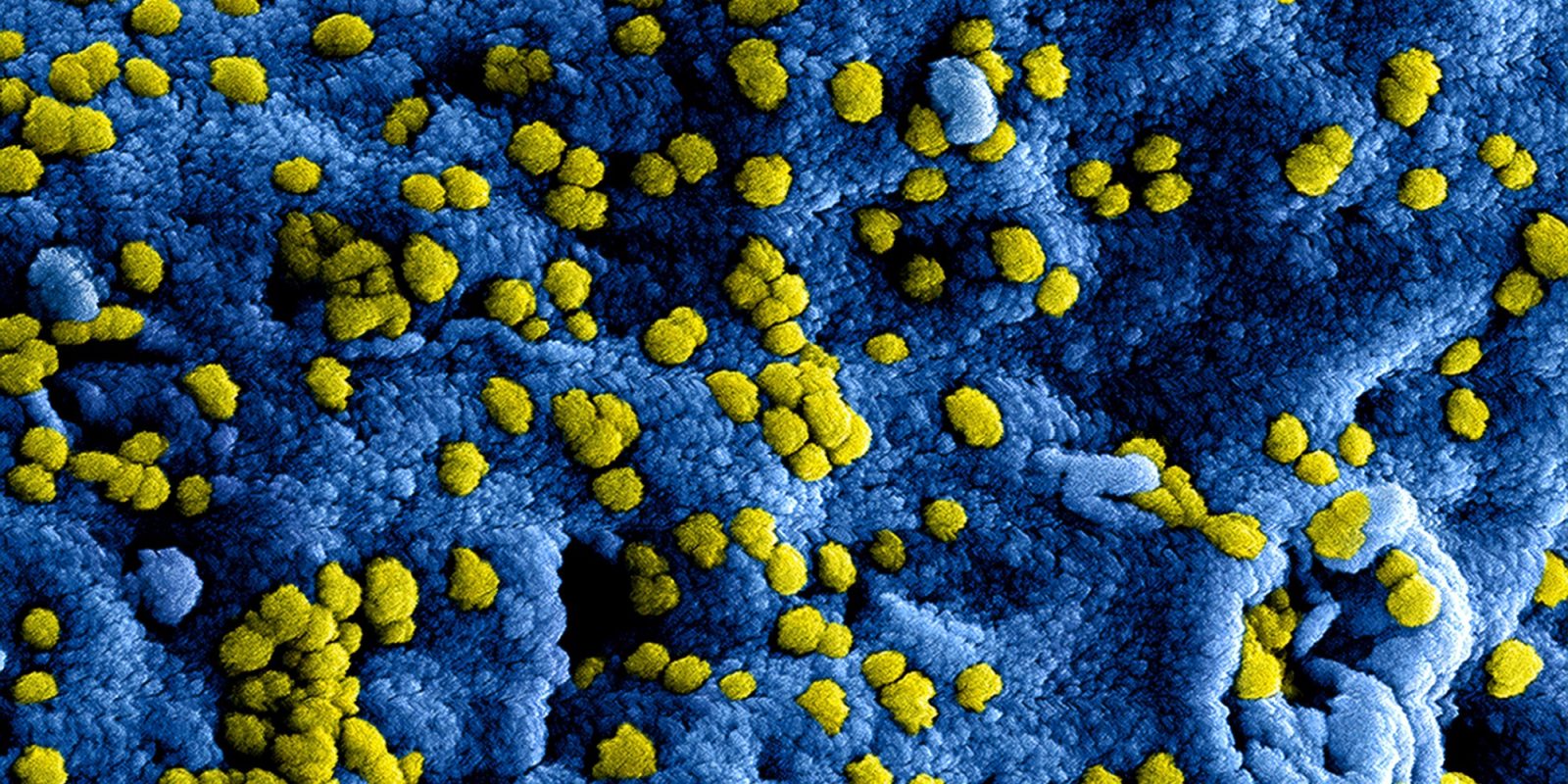
In two studies published this year, researchers have confirmed the discovery of previously unknown bacterial species aboard China’s Tiangong space station and within NASA’s high-sterility clean rooms. Though some of the sample collection dates back to earlier missions – most notably swabs taken aboard Tiangong in 2023 and NASA’s clean room linked to the 2007 Phoenix Mars lander – the timing of the publications is critical.
These findings come at a pivotal moment as space agencies worldwide prepare for extended human presence beyond Earth. With NASA’s Artemis program advancing toward lunar surface missions, China’s plans for a permanent lunar base underway, and international interest in Mars exploration increasing, the ability to monitor and control microbial stowaways has become more urgent than ever.
These newly identified microorganisms are not only a challenge to planetary protection efforts but they also raise important questions about astronaut health, contamination risks, and microbial evolution in space.
Recent discoveries from two independent studies are challenging long-held assumptions about microbial control in spaceflight and spacecraft environments. In one study, Chinese scientists identified a novel bacterial species aboard the Tiangong space station, raising questions about microbial survivability, mutation, and evolution beyond Earth.
In a separate analysis of samples from 2007, NASA researchers reported the presence of 26 previously unknown bacterial species in what are considered ultra-sterile spacecraft clean rooms – facilities specifically designed to minimize the risk of biological contamination during space missions.
Together, these findings underscore the persistent challenge of preventing microbial contamination in both low Earth orbit and interplanetary exploration.
In May 2023, Chinese astronauts aboard Tiangong collected interior swab samples as part of the China Space Station Habitation Area Microbiome Program. These samples led to the identification of a novel bacterium now named Niallia tiangongensis. Though genetically similar to the Earth-based Niallia circulans, the new strain demonstrated distinct genomic differences, suggesting it may have adapted uniquely to the conditions of space.
This bacterium exhibited traits that support survival in harsh environments, including spore formation for dormancy, the ability to hydrolyze gelatin as a nutrient source, and biofilm development, enabling colonies to adhere to surfaces and resist environmental stress.
The question remains whether the strain mutated in orbit or was already present on Earth prior to launch. Regardless, its identification points to the remarkable capacity of microorganisms to survive, and perhaps evolve, in microgravity and radiation-exposed environments.
Meanwhile, a comprehensive microbial survey of NASA’s Payload Hazardous Servicing Facility – specifically tied to the 2007 Phoenix Mars lander mission – yielded another surprising result: the detection of 26 previously undocumented bacterial species.
This facility employs clean room protocols that include high-efficiency particulate air (HEPA) filtration, antimicrobial cleaning agents, and rigorous personnel protocols. Yet, several of the newly discovered microbes displayed extremophilic characteristics, such as resistance to radiation, desiccation, and chemical sterilants. These findings suggest that even in highly controlled environments, microbial survival and possibly adaptation can persist under the radar of current sterilization technologies.
These discoveries raise serious concerns about planetary protection. NASA and other space agencies follow stringent guidelines designed to prevent forward contamination – the transfer of Earth-based life to other planets – and backward contamination, which refers to bringing unknown extraterrestrial material back to Earth.
If resilient microbes such as Niallia tiangongensis or extremophiles from clean rooms hitch rides on spacecraft bound for destinations like Mars, it could complicate the search for indigenous life by introducing false positives or altering native ecosystems.
There are also implications for human health in long-duration missions. While most microbes in controlled environments are not inherently dangerous, confined space habitats with altered immune responses in astronauts could allow opportunistic pathogens to proliferate.
The need for continuous monitoring of spacecraft microbiomes and improved sterilization protocols is becoming increasingly evident. Ongoing genomic and functional studies of these microbes are essential, not only to understand how they survive in space but also to prepare for future missions involving lunar bases or crewed flights to Mars.
Ultimately, these studies affirm that microbial life is far more persistent and adaptive than previously understood, posing both a challenge and a call to action for space agencies committed to safe and uncontaminated exploration beyond Earth.
FTC: We use income earning auto affiliate links. More.




Comments